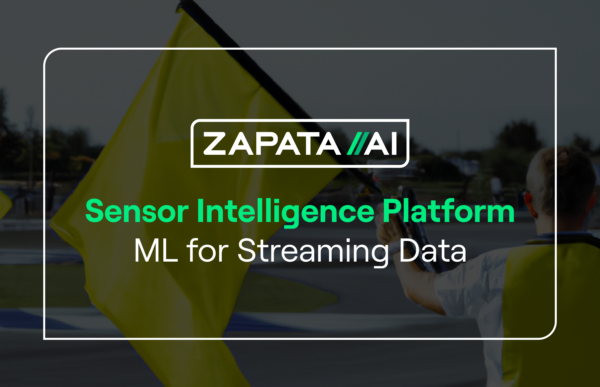Trainability
To fully exploit the benefits of quantum computing for generative ML, we need to be able to train these models well. Trainability refers to the ability to tune the parameters of a model to reliably and accurately fit the data of interest. If we can’t train a model to generate data that aligns with the training data, even though it has the expressibility to encode it, then it has poor trainability, and is of little use. Ultimately, you can’t have expressibility and generalization without trainability.
Quantum circuits are known to have many training issues, including barren plateaus. To understand barren plateaus, imagine that training a model is like trying to climb Mount Everest. Your goal is to climb the highest mountain on earth, but you don’t know where it’s located. What are the odds that if you randomly start anywhere in the world, you will find your way to the summit? It is extremely unlikely; if you start randomly ascending you are more likely to end up on a plateau somewhere without a clue about which direction to walk to get closer to Everest. This is where the training gets stuck. Modifying the parameters in any direction doesn’t yield any significant changes in the output, so the model doesn’t know in which direction to “walk towards” to improve its results.
But what if you know the continent? The country? The closer your starting location is to Everest, the more likely you are to make it to the top. Similarly, we hypothesized that if you can start training your model from a good place using classical methods, you can improve the subsequent training of the quantum model.
In our most recent QML research, we have been able to show how combining classical and quantum methods can improve the training of these quantum models, overcoming barren plateaus to outperform both classical and quantum methods in isolation.
In our research, we used a classical model called a matrix product state (MPS), which is a quantum-inspired model that is run in a classical computer (this is the same model used in our GEO demonstration). These MPS could in principle faithfully model any quantum state, with the price that you might need exponentially more parameters in the MPS if the target quantum state is too complicated. However, MPSs are much easier to train than quantum circuits, but they can run out of computational resources. In contrast, quantum circuits can reach a much more diverse set of quantum states with non-exponential resources, but are much harder to train (e.g., due to barren plateaus).
Our approach was to first train an MPS as much as we can, then map it into a quantum circuit, extend the quantum circuit with additional quantum gates that would not be feasible to execute on classical computers, and continue training on a quantum computer.
Why does this work? Because the MPS can handle local correlations (e.g., correlations between neighboring pixels in an image), and the quantum circuit is much better for expressing distant correlations (e.g., correlations between distant pixels in an image). The MPS trains all those close correlations, and once it reaches the limits of its computational resources, it passes a relatively well-trained model to the quantum circuit. The quantum circuit then continues the training with the distant correlations.
To give an analogy, imagine the quantum circuit is the wings of an airplane, and the MPS is the wheels. Obviously, an airplane can’t start flying immediately from rest. We use the wheels to gain speed until the plane can start using the wings. The wings can take the airplane to places that the wheels alone couldn’t possibly carry it. But it’s the combination of wheels+wings which helps the airplane get to its destination.



